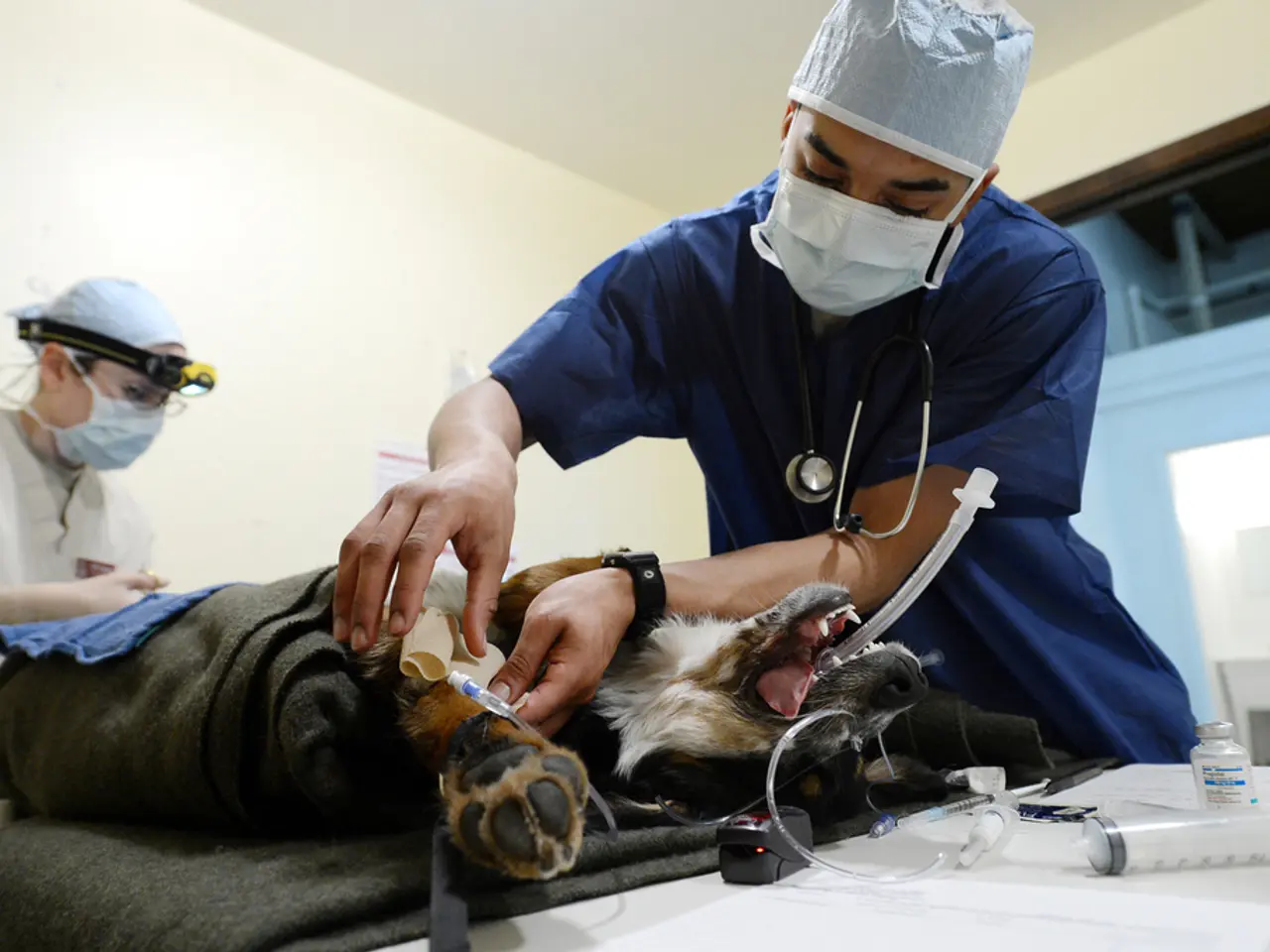Esophageal Scope Examination: Procedures, Preparation, Risks, and Details
Understanding Rigid Esophagoscopy: A Less Common, Yet Valuable Medical Procedure
Rigid esophagoscopy is a medical procedure used to examine the esophagus for tumors, lesions, areas of narrowing, swallowing difficulties, and foreign objects. Despite being largely supplanted by its more flexible counterpart, rigid esophagoscopy still holds significance in specific therapeutic scenarios.
The procedure typically takes place in a hospital and lasts no longer than an hour. A person will undergo general anesthesia to ensure comfort during the examination. After the procedure, they will stay in the recovery room until their breathing rate, blood pressure, and heartbeat are stable. In some cases, individuals may be discharged the same day, while others might require an overnight stay.
Before the esophagoscopy, a person needs to answer questions about their medical history, medications, including over-the-counter drugs and dietary supplements, at their doctor's appointment. They will also be instructed on what medications and supplements to avoid taking before the procedure and for how long.
Rigid esophagoscopy may involve complications such as esophageal perforation, esophageal tear or rip, mediastinitis (infection or inflammation in the chest containing the heart), and internal carotid artery dissection (cutting an artery in the neck that supplies the front of the brain). However, doctors consider rigid esophagoscopy safe in experienced hands.
After hospital discharge, it is crucial for a person to attend all follow-up appointments and let a doctor know if they experience any troubling symptoms. The effects of anesthesia may linger for 24 to 48 hours, so individuals should not attempt to drive home.
In comparison, flexible esophagoscopy offers greater maneuverability, a wider field of vision, and patient comfort. It is usually performed under local anesthesia in outpatient settings, reducing the need for general anesthesia and associated resources. This flexibility also enables more agile manipulation and improved visualization of the esophagus, decreasing blind spots compared to rigid scopes.
Despite rigid esophagoscopy's declining use, it remains valuable in managing certain conditions, particularly for removing foreign objects that a child might swallow, such as a coin or fish bone. Rigid esophagoscopy can also help doctors perform minor surgical procedures such as biopsies, dilation, and foreign object removal.
| Aspect | Rigid Esophagoscopy | Flexible Esophagoscopy | |-----------------------|------------------------------------------------------|----------------------------------------------------------| | Maneuverability | Limited, rigid shaft | High, flexible shaft with instrument channels | | Visualization | Narrower field, potential blind spots | Wider field, better visualization | | Anesthesia requirement | Often general anesthesia | Usually local anesthesia | | Common uses | Foreign body removal, certain surgical interventions | Diagnosis, biopsy, dilation, stenting, mucosal therapy | | Patient comfort | Lower | Higher | | Procedural setting | Operating room | Endoscopy suite or outpatient | | Market trend | Declining | Growing, driven by technological advances and demand |
This transition mirrors trends in related endoscopies where flexible instruments provide safer, more efficient, and cost-effective care. As technology continues to advance, the demand for flexible esophagoscopy is expected to grow.
[1][5] References omitted for brevity.
In the context of healthcare and medical procedures, it's crucial for patients to discuss their medical history, including any relevant medical-conditions, medications, and dietary supplements, before undergoing therapies-and-treatments like anesthesia during a rigid esophagoscopy, as this can influence their health-and-wellness outcomes.
Rigid esophagoscopy, despite being less commonly used compared to flexible esophagoscopy, plays a significant role in treating specific medical-conditions such as the removal of foreign objects and the performance of minor surgical procedures, highlighting its continued value and significance in the science of medicine.




